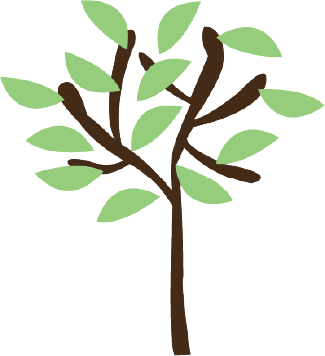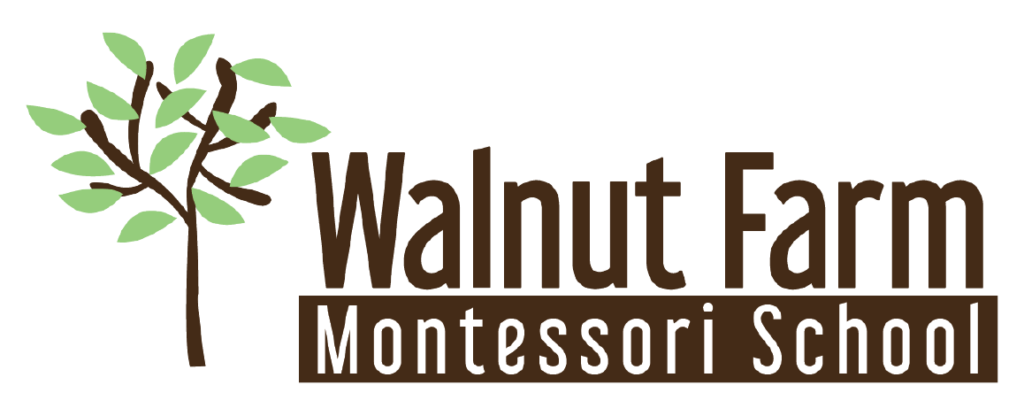Children naturally want to know the how’s and why’s at the elementary age. They seek to understand the universe around them, big and small. They want to know where they fit into this vast place and what their purpose is on this planet. Montessori’s great lessons begin to answer these questions. They give the children a sense of purpose and help the children organize their thoughts about what that purpose is. The child is given this gift of wonder, but also responsibility. For with understanding where we come from, they also feel a need to take better care of what we have. They also begin to realize what a small place the world really is, and how humans have the same basic needs and goals.
Montessori believed in giving the child at this age the “big picture” first. She felt that this “sparks” their imagination and gives them a desire to know more. This also inspires them to research what is of most interest to them. “ If the idea of the universe be presented to the child in the right way, it will do more for him than just arouse his interest, for it will create in him admiration and wonder…” (Montessori) Giving lessons in this way also helps the child discover answers for themselves, which leads to a deeper understanding of a topic.
To enable the guide to begin the stories of our culture, Montessori developed five “Great Lessons” in her universe curriculum. The first lessons begin with what is probably the most contemplated question of humanity: “How did we get here? Where did it all begin?” Through this first great lesson, the Montessori guide tells a story about the beginning of the cosmos and what scientist believe happened. Science experiments are conducted in front of the children to display the science behind these findings. The children are invited to try the experiments for themselves and watch and/or record the results. Many more lessons spiral out from this first impression of the beginning.
During the second great lesson, the children are presented a timeline of life. This timeline shows the very beginnings of life on Earth, all the way to when humans arrived. At this age, children are also introduced to the next three great lessons: Early Humans, The Story of Writing, and the Story of Numbers, (More in-depth research on these topics occurs when the children begin their studies in the upper elementary.) Through these lessons the children are shown how early humans developed societies and learned to communicate through language and numbers. The children also explore what the fundamental needs of man were, and continue to be across cultures today.
Once the child has been exposed to these lessons on science, culture and geography, they not only begin to grasp where they belong in the universe, they also begin to see how similar all humans are. They realize that we have a task to protect our planet and that we need to work with others to solve the many problems that we face.
I am comforted and inspired when I share these lessons with the children. This is a curriculum that gives the universe to the child and says, “Please, take care of it.” What better education could we ask to give our children, and those in the future?
Excited about this school year,
Lynette

